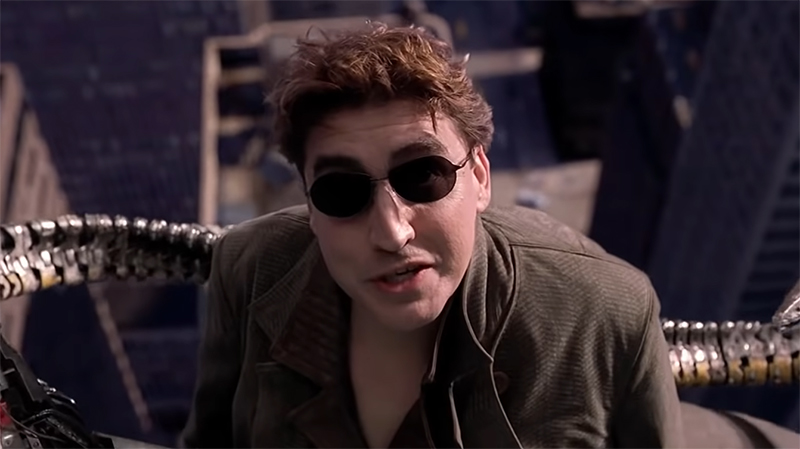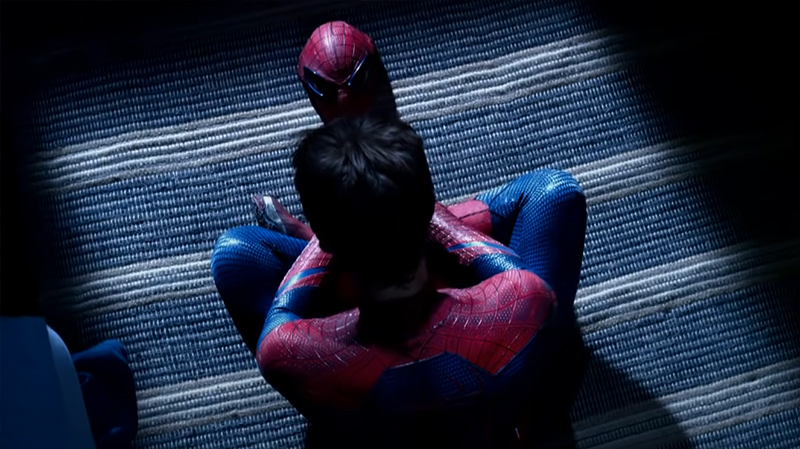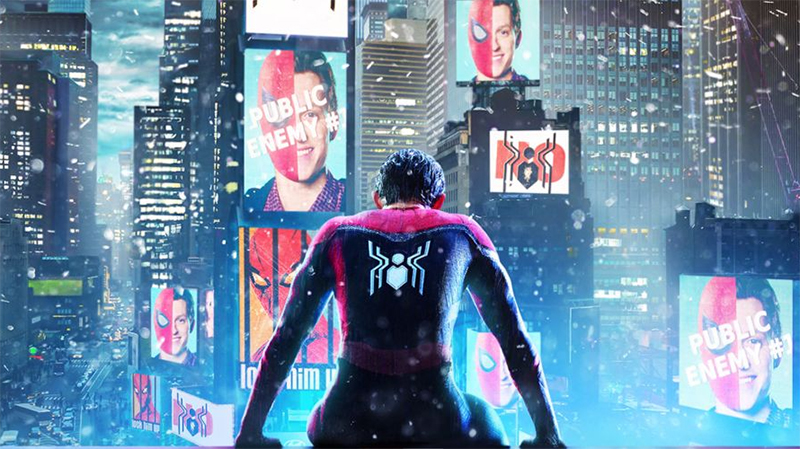At the end of The Dark Knight, Joker is captured by a SWAT team and presumably thrown into captivity, left to rot in Arkham Asylum until he dies or breaks out. And while the outcomes can slightly differ, punishment in other comic book movies across the spectrum is usually similar, if not more fatal.
Villains don’t usually get a second chance. But Spider-Man: No Way Home changes that by offering that redemptive arc to its classic antagonists as well as its heroes, too.

The film doesn’t initially play this hand as it first starts off as something more traditional: capture the bad guys. But the second half of that plan — sending them back to their own universe — is where Tom Holland’s Peter Parker breaks tradition by realizing the cruelty inherent to it since doing so will essentially kill them. Doctor Strange is against this effort since “their sacrifice means infinitely more than their lives,” according to him.
RELATED: Spider-Man Films Ranked Following No Way Home
Strange’s words would feel right at home in most other comic book movies where the goal starts and stops at containing the villain. Parker refuses that cruelly simple and pragmatic approach, opting to go one step further and save them, which is not out of line for Spider-Man. After all, Parker tried to warn Vulture of his volatile suit at the end of Homecoming and pulled his smoldering ass from the wreckage quickly after.

But it’s the manner in which he’s trying to save them that makes all the difference: He’s trying to help them before saving them in a way that could not only benefit the person in question but also save more lives down the line. By fixing Doc Ock’s brain chip, giving Green Goblin and Lizard their antitoxins, draining Electro’s energy, and using lights (a callback to the particle test facility lights in Spider-Man 3) to turn Sandman into a normal man, he’s addressing the underlying cause of their issues and setting them up to be less troublesome in the future. Looking at the root of the problem is a more forward-thinking and less cruel way to look at punishment, which is what rehabilitation should be as it sets them up to get the second chances they didn’t get in their previous films.
This more progressive way to look at justice is idealistic, yet is still far too rare in the genre. There are many examples of typical prisons in these films that do more harm than good, but the previously mentioned Arkham Asylum is the most egregious example. It’s a hellish dump that’s never meant to help anyone and only serves as a glorified torture facility for those housed inside. There’s a cyclical nature of crime and imprisonment that comic book movies don’t seem to always address, if ever.
RELATED: Kevin Feige Confirms Next Spider-Man Movie Is in Early Development
If Bruce Wayne was serious about actually solving Gotham’s crime problem, he’d probably be better off also funding more social programs and facilities like this instead of paralyzing poor people and perpetuating the cycle. The cycle does allow for a never-ending supply of stories and while brawling with these baddies can be visually engaging, it doesn’t appear to be the way to address the issues with the systems that create criminals. However, it’s not surprising that these American-made characters in American-made films have such a barbaric view of the subject matter, given how the United States has the highest rate of incarceration in the world and generally treats its prisoners terribly.

No Way Home obviously doesn’t delve into the criminal justice system but instead channels Parker’s nobility in trying to help these tortured souls. It’s also a more gentle touch that fits with him being the “friendly neighborhood Spider-Man” and meshes with Marvel’s newer approach to villains in the Marvel Cinematic Universe.
The MCU has moved away from forgettable baddies, like those seen Guardians of the Galaxy or Thor: The Dark World, and toward more sympathetic or realistic ones, most of whom could have been heroes if certain events were just a bit different. Black Panther’s Killmonger, Homecoming’s Vulture, and even Thanos to some degree have all been part of Marvel’s stronger effort to create more nuanced antagonists that aren’t just caricatures with primitively heinous motives. No Way Home just takes that initiative a step further and tries to put those characters on the path to recovery, something Marvel also showed more of in Falcon & The Winter Soldier with Bucky’s arc after his traumatizing time as the Winter Soldier.

Redemption also breaks the fourth wall in the movie, too, as it’s impossible to not also apply those redemptive themes to both Andrew Garfield and Tobey Maguire. Maguire’s trilogy notoriously ended on a sour note as the third film is almost unanimously regarded as the worst of the three, which also apparently had a rough and tiring production process that also played a role in canceling the ill-fated fourth entry. Garfield didn’t even get the privileged trilogy treatment since the reception to The Amazing Spider-Man 2 was so overwhelmingly negative and an experience the actor has been vocal about in the years since.
Given how both stories ended prematurely and on stunning lows, seeing the two come back offers closure they might not have otherwise gotten. They get to hang up their live-action Spidey suits (for the time being, at least) on a well-received Spider-Man movie that was likely less of a headache to actually be a part of. Some of this redemption is even in the text of the film, as Maguire repeatedly tells Garfield that he is “amazing” and Garfield is given yet another shot to save someone who is falling to their doom. Audiences also get to revel in their return and get the bad tastes of those two previous films out of their mouths, but the casting choice seems primarily designed to benefit those actors who were caught up in a toxic system.
Aunt May finally tells Holland’s Parker the “With great power…” line in No Way Home and even though it took some time, it makes sense that this is the film that espouses those iconic words. No Way Home was the film that most definitively showed how Spider-Man could use his great power with great responsibility by not only saving civilians, but the ones putting those civilians in danger and giving a more humane and often unseen solution that fits Spider-Man’s altruistic moral compass.










